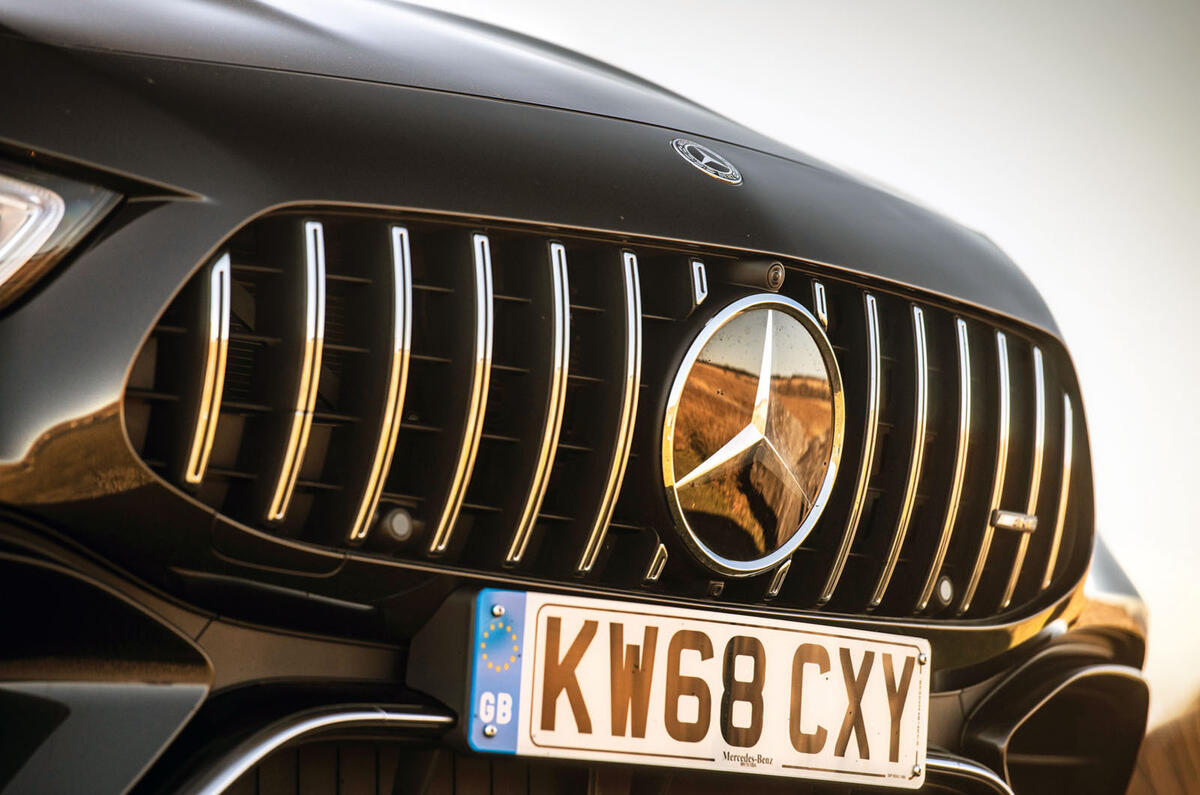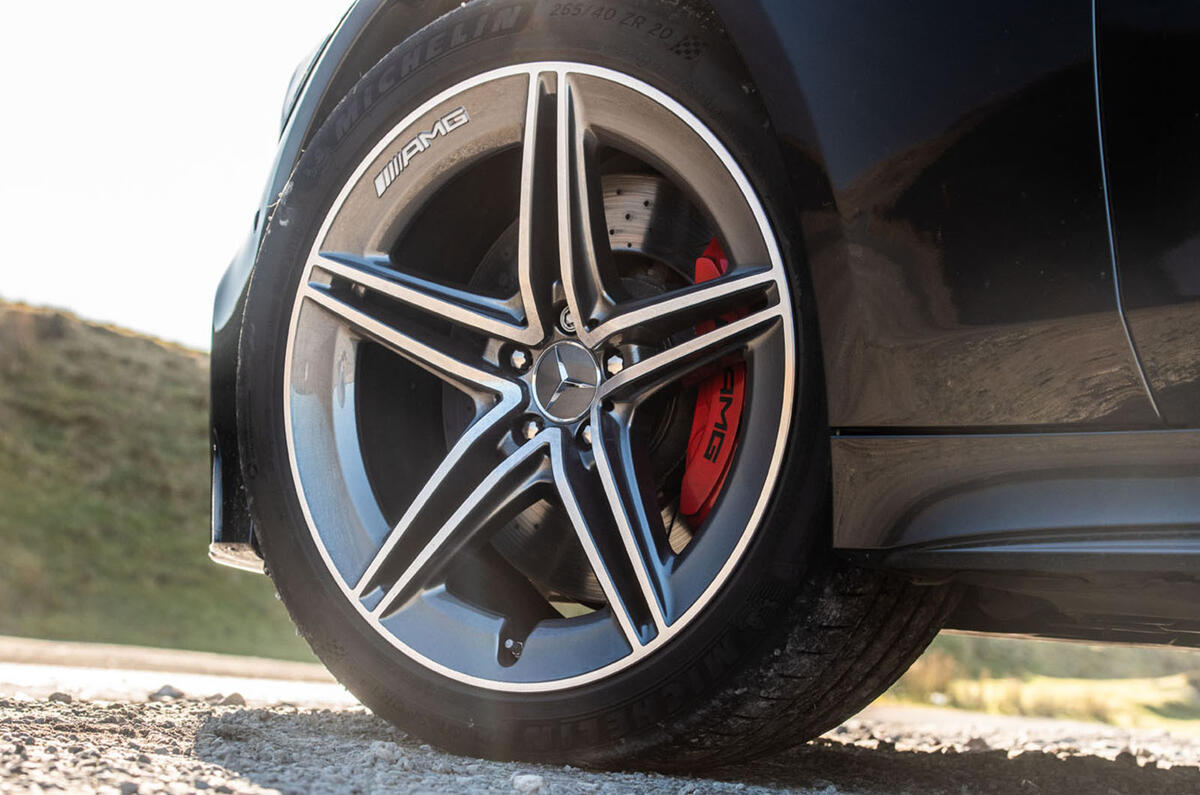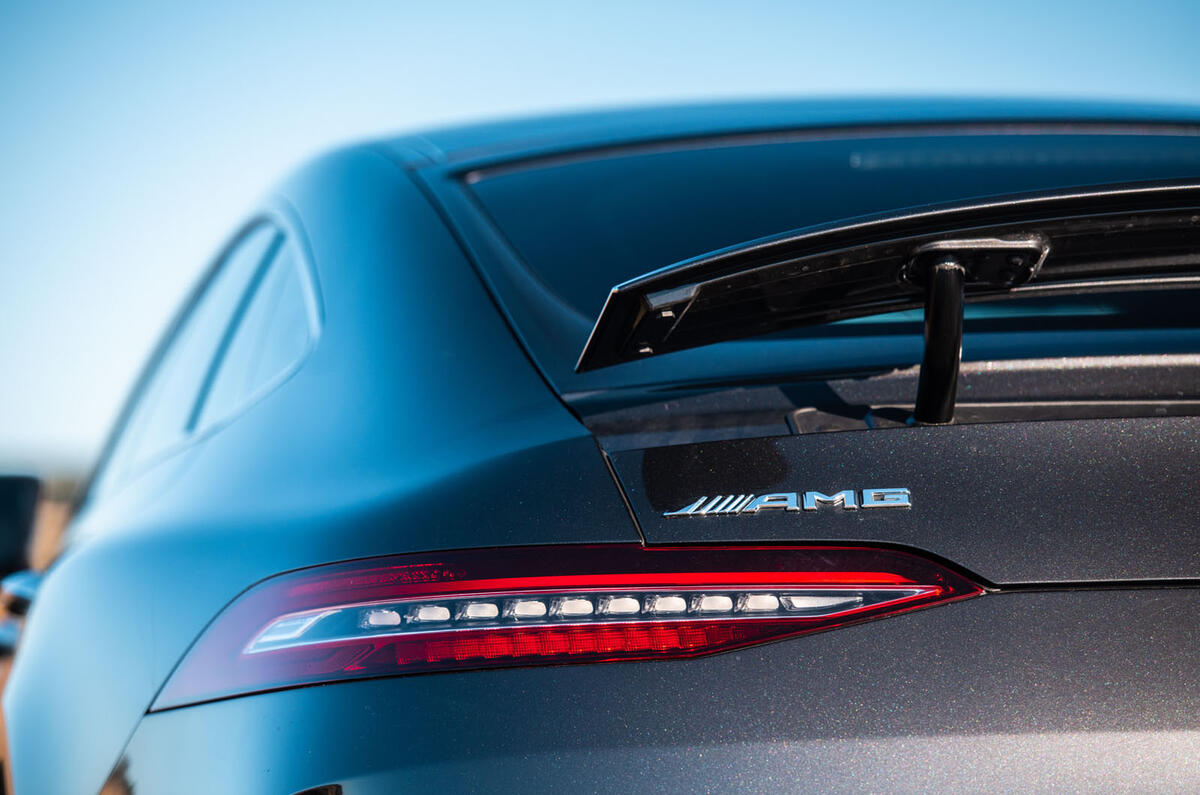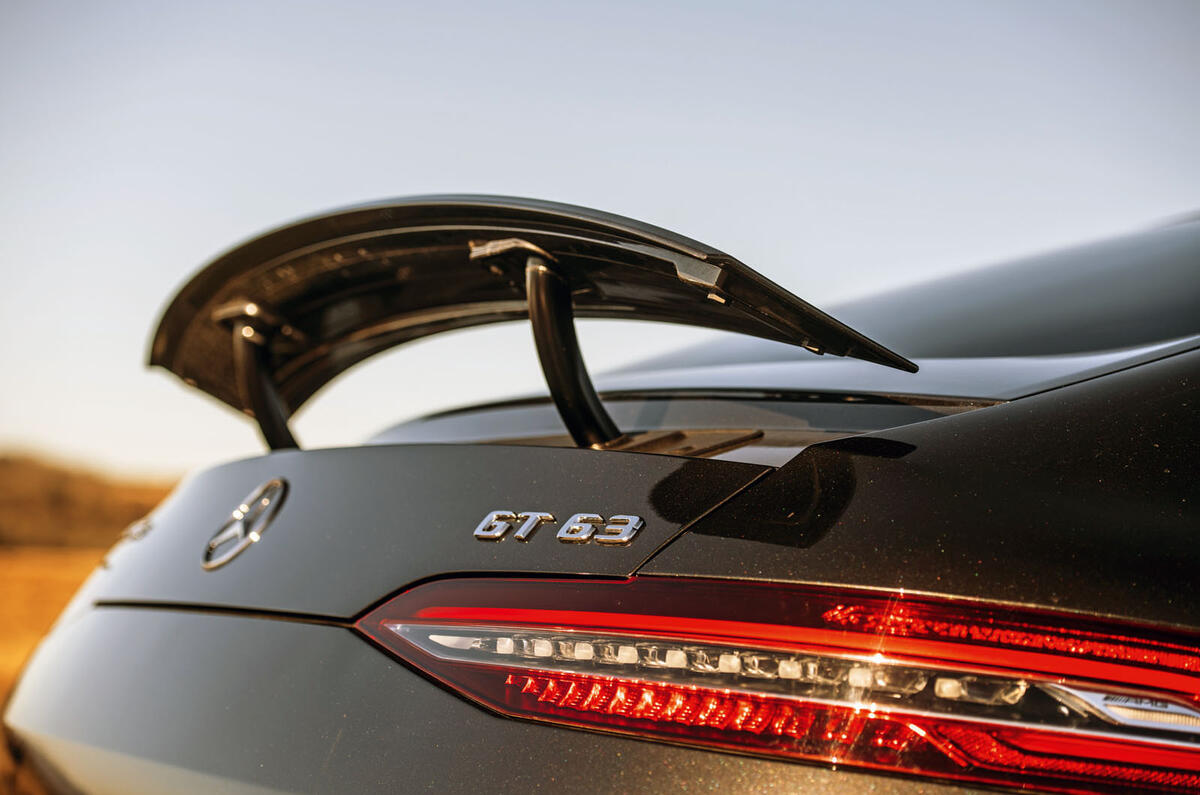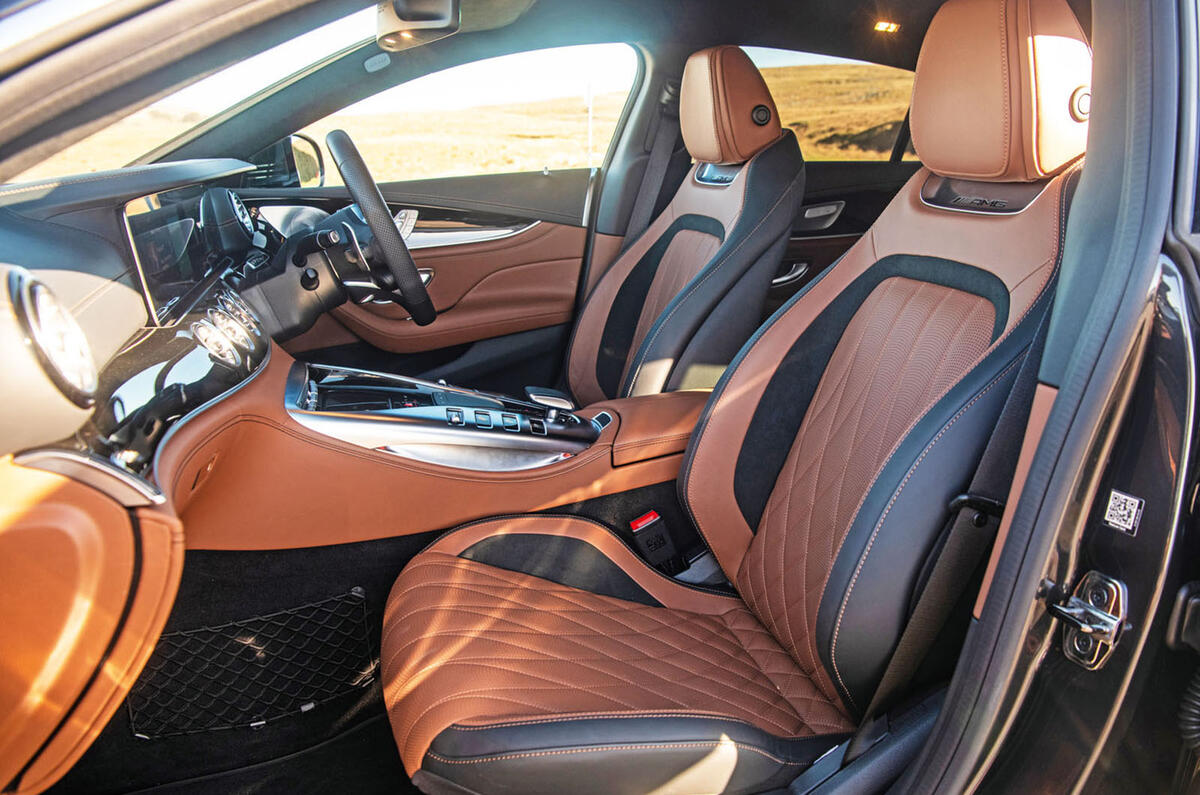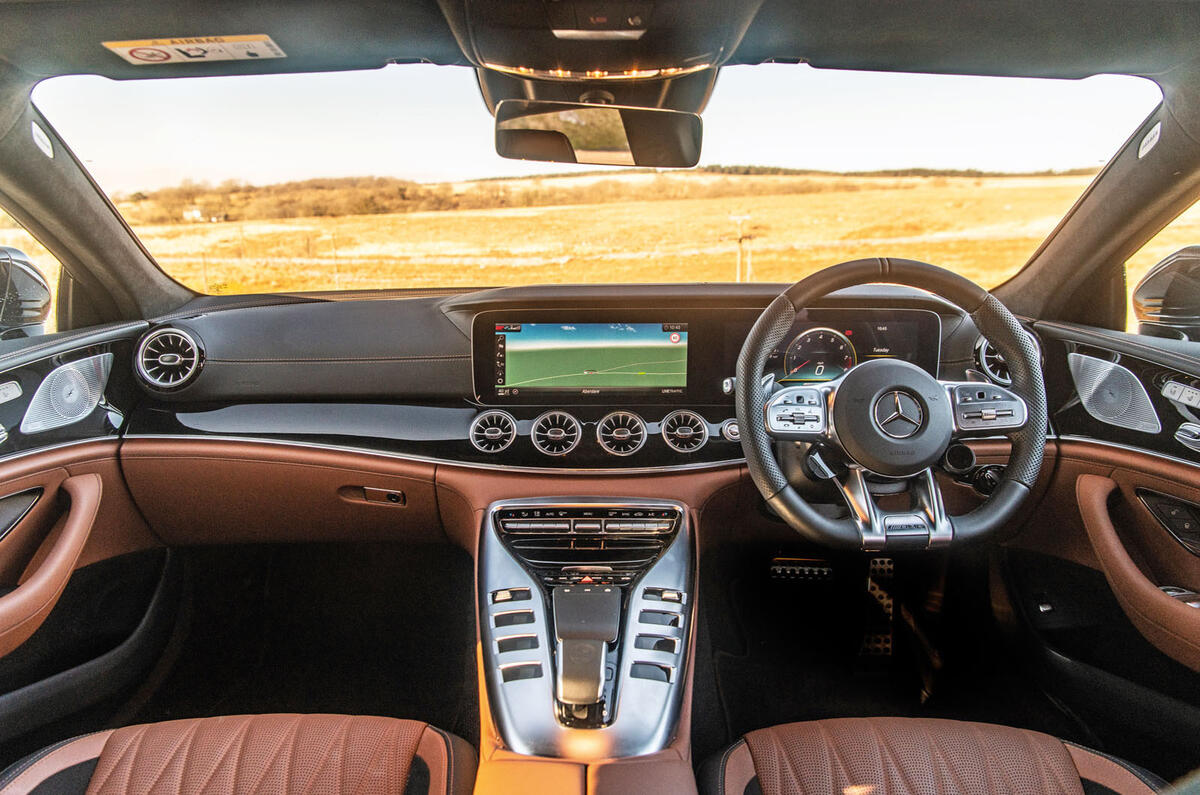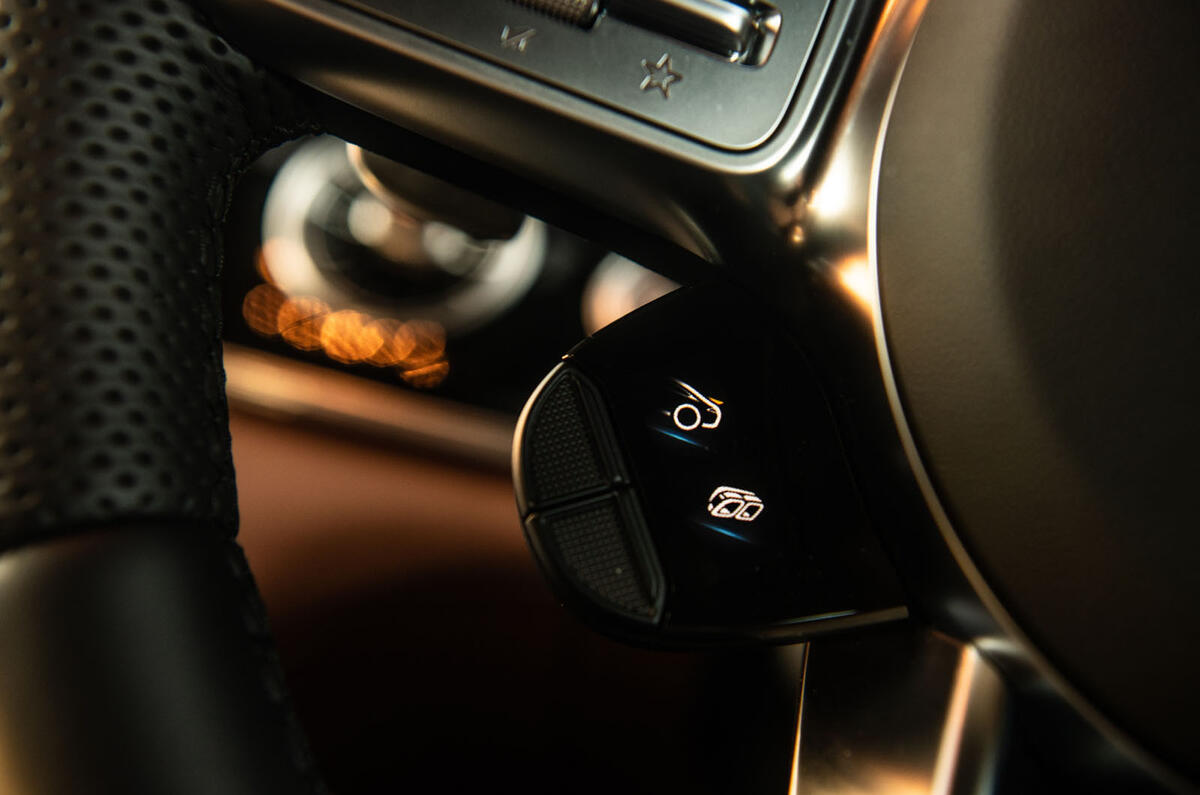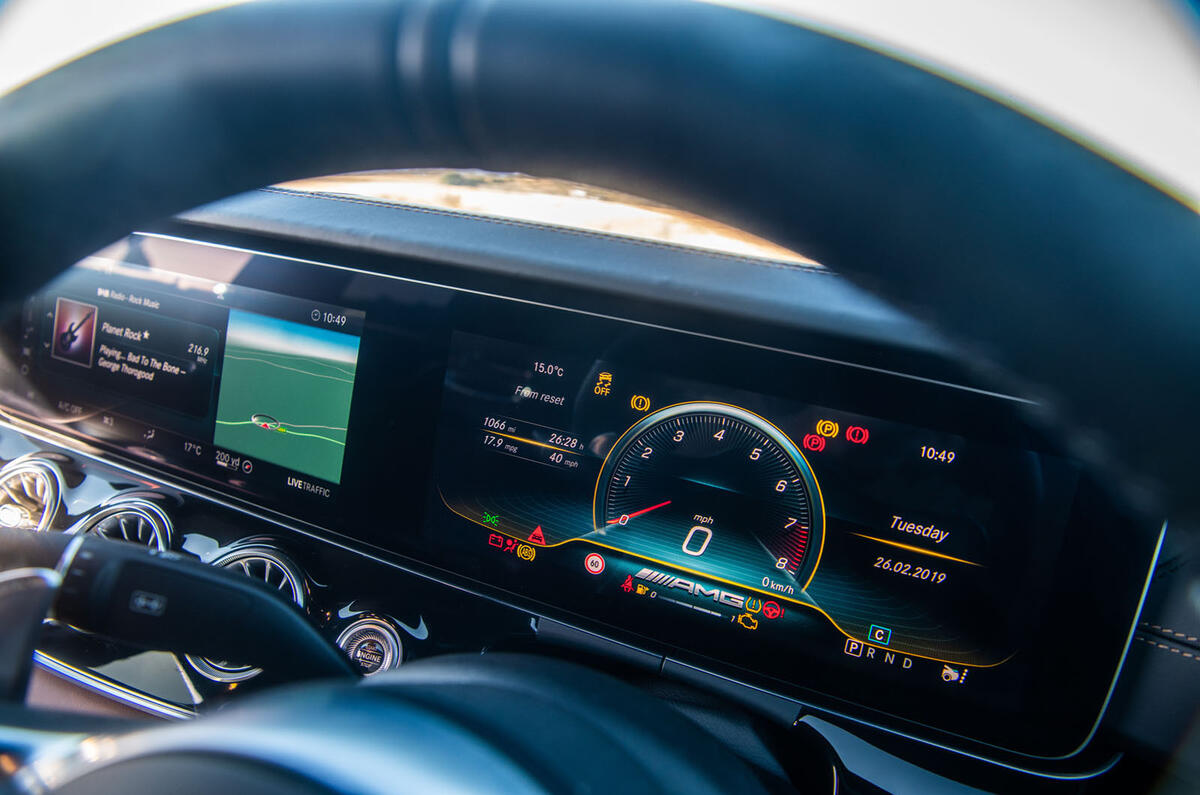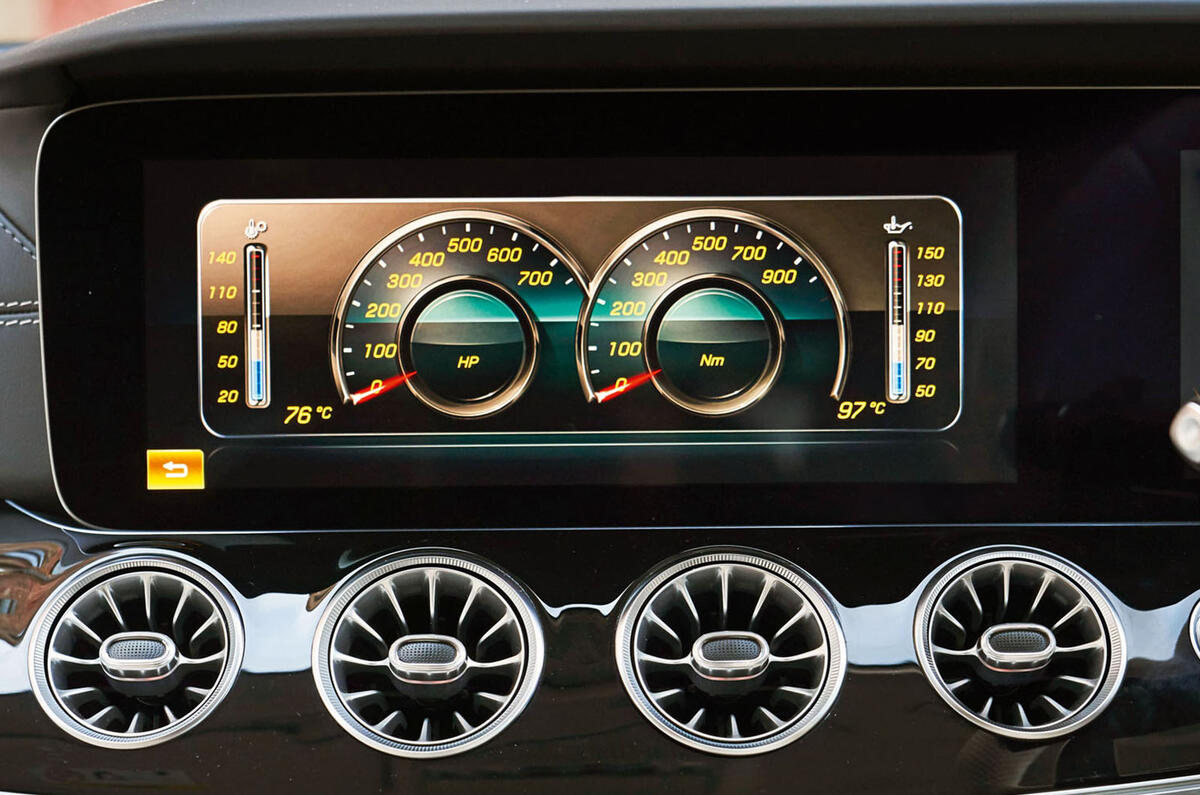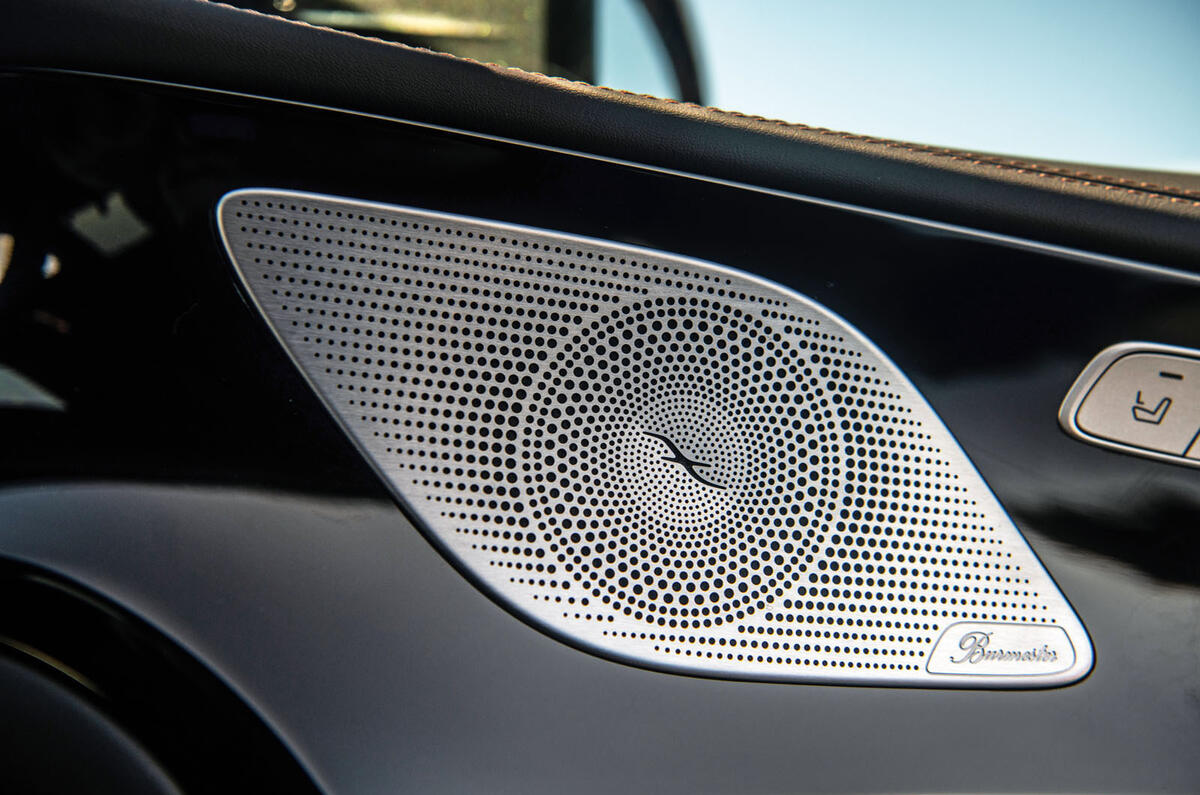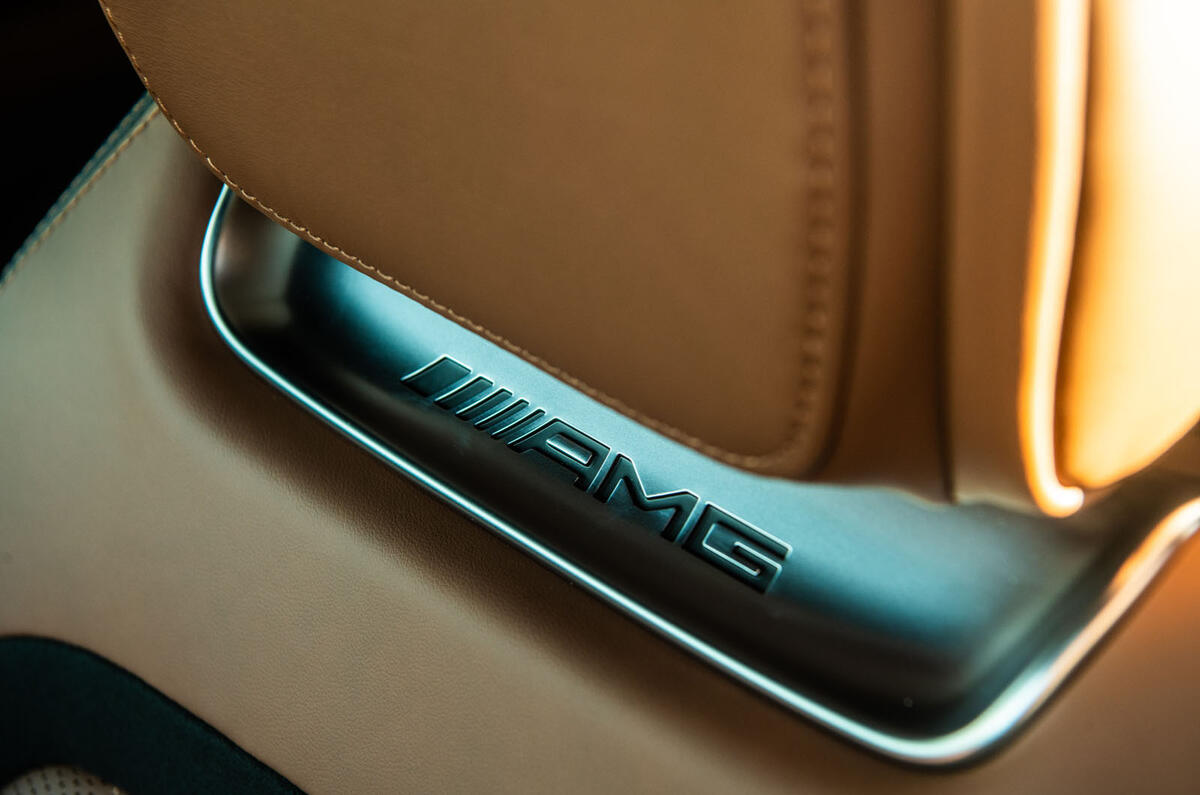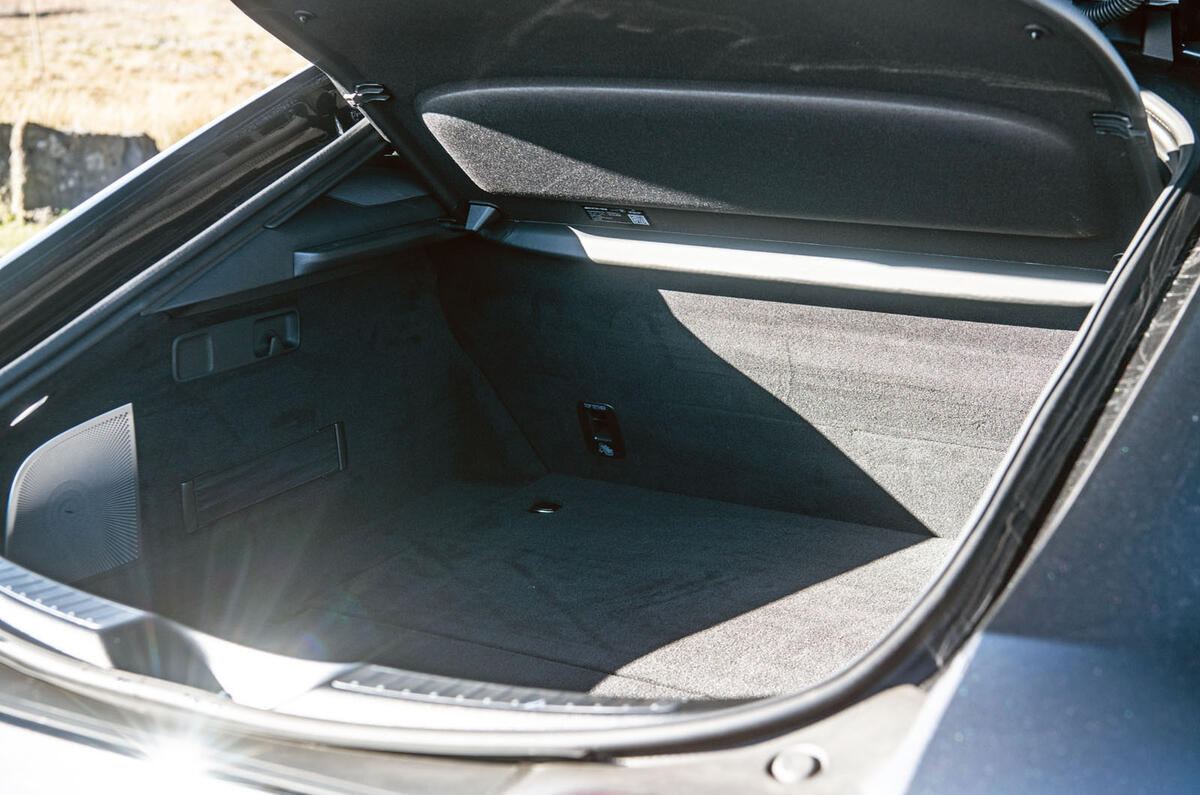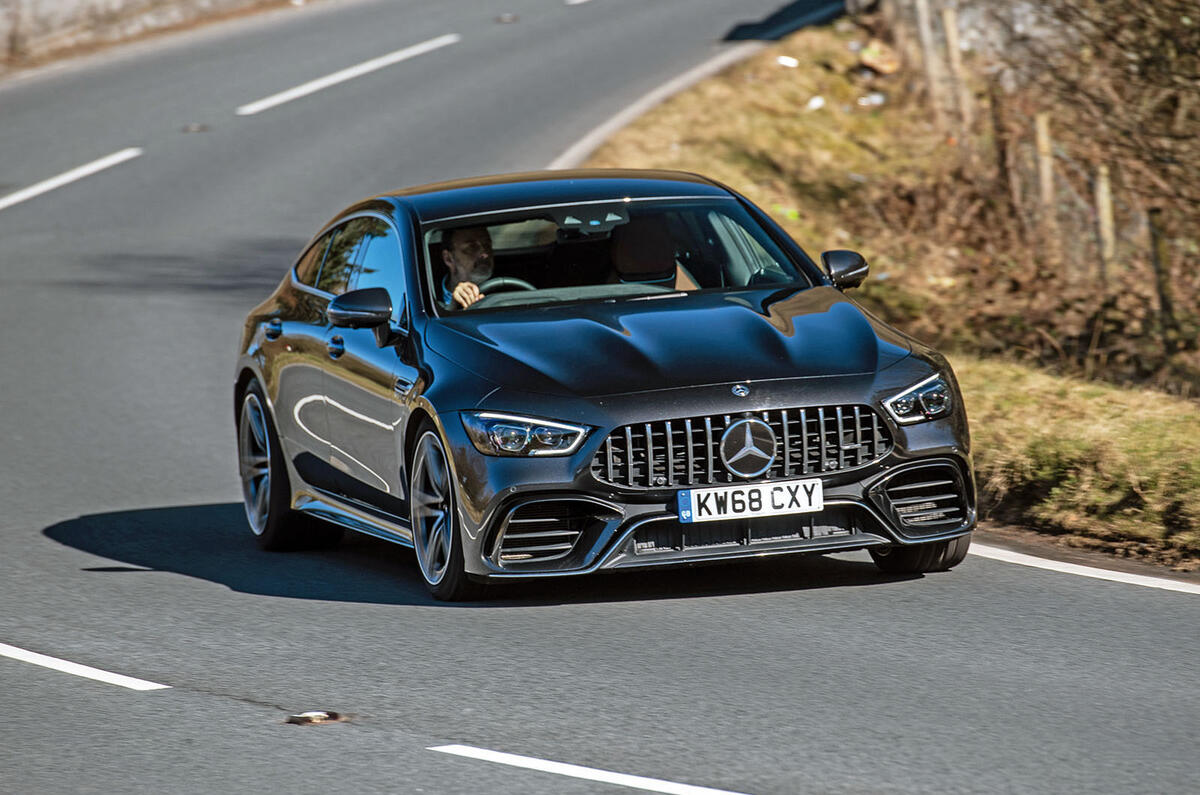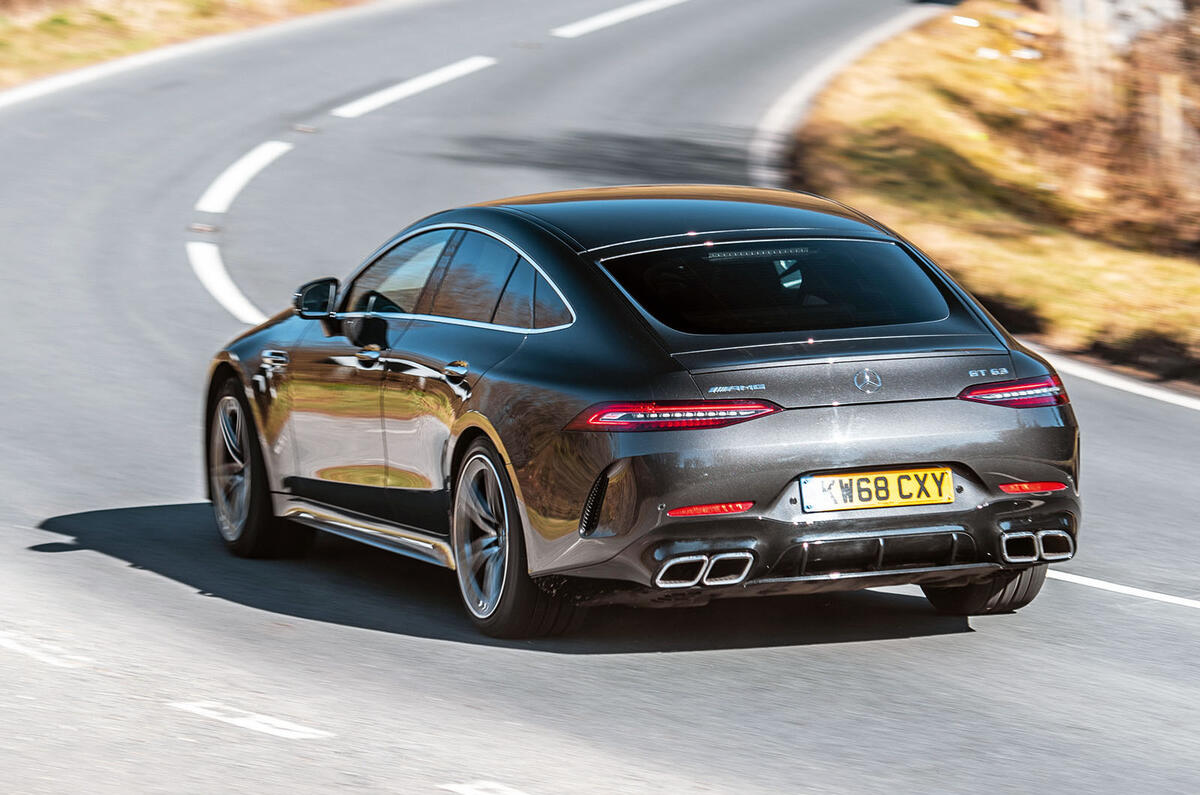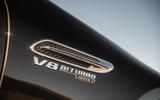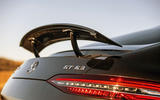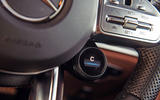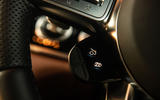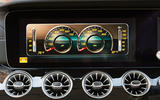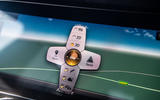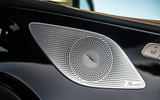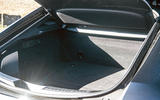The past decade has been one of real developmental significance for Mercedes-AMG.
The firm’s continuing ability to transform practically any of Mercedes’ relatively ordinary cars into bona fide road and track performance weapons – often to class-leading effect – continues to be the foundation of its success. Meanwhile, the brand’s association with a certain five-time Formula 1 world champion and his AMG-liveried racing car must also have played its part.
Arguably of even greater significance than both, though, is the fact that, within the past 10 years, Mercedes-AMG has turned its hand to developing its very own sports cars. The SLS was the first such creation, first appearing in 2009 with its dramatic 300SL-style gullwing doors and naturally aspirated 6.2 V8 – and its successor, the Mercedes-AMG GT, arrived in 2014 to continue the two-seater sporting theme.
Neither was derived from an existing Mercedes model; both were intended to represent the wider reaches of what Affalterbach can achieve when presented with a blank canvas and a generous R&D budget; and both have proved good enough to convince Mercedes’ top brass that AMG should even be involved in the engineering of non-AMG car lines.
However, AMG’s third in-house model, and subject of this week’s road test, is a different kettle of fish for several reasons. Welcome, then, to the imposing of stature and convoluted of name Mercedes-AMG GT 4-Door Coupé, a four-seat sporting GT designed to leave more than a whiff of Affalterbach on the turf of cars as different as the Porsche Panamera and Bentley Continental GT.




